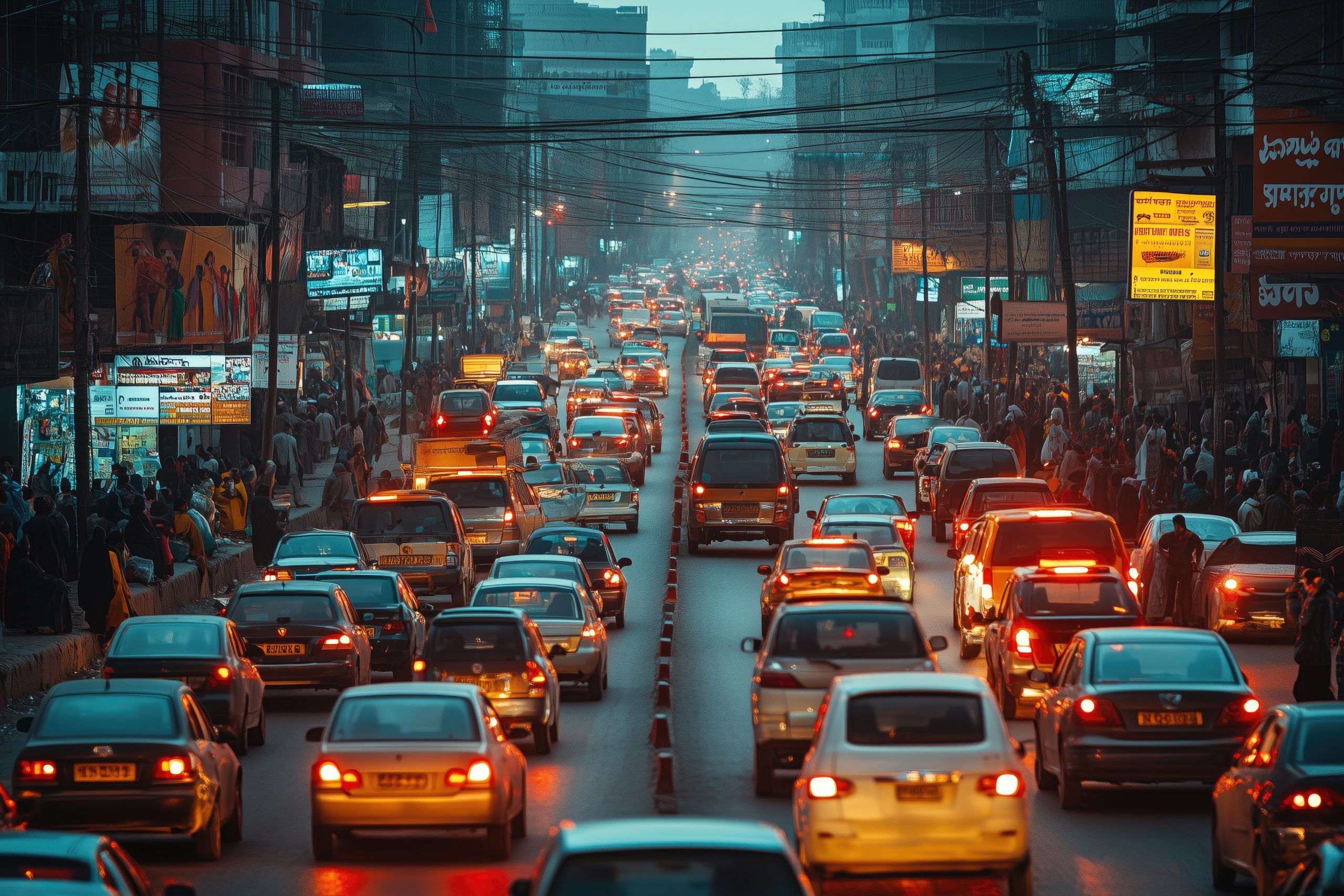Noise, a danger to our health
Noise is a ubiquitous phenomenon in modern society, and its effects go far beyond simply impairing our hearing. Numerous studies have shown that noise can have harmful effects on our health. It is therefore essential to be aware of this danger and to take action to reduce it.
An impact on the whole body
According to an Ifop survey carried out in 2022 for the Association nationale de l’audition, nearly seven out of ten French people say they are bothered by noise. And this annoyance isn’t just auditory: noise can lead to tinnitus and hearing loss, but also to problems with sleep, concentration, learning, irritability and fatigue. In fact, exposure to noise can increase heart rate and blood pressure, as well as hormone secretion. According to the World Health Organization (WHO), noise pollution is the second most significant environmental factor affecting health in Europe, after air pollution. A report by the European Environment Agency also showed that noise pollution contributes to 48,000 new cases of heart disease and 12,000 premature deaths in Europe every year.
Basile Chaix, an environmental epidemiologist based in Paris, also points out that noise is often underestimated in terms of danger.
New risks to assess
In addition to cardiovascular disease, studies have also suggested links between noise exposure and other pathologies such as depression, dementia, certain cancers, obesity and type 2 diabetes. However, long-term studies on large population samples are still lacking to confirm these links. This is why the Brouhaha project aims to provide such data by studying the impact of exposure to transport noise on the risk of cardiometabolic diseases, particularly type 2 diabetes.
The researchers assessed the noise exposure of nearly 19,000 women living in the Île-de-France or Auvergne Rhône-Alpes regions between 2000 and 2014. The first results of this study are expected shortly. The Brouhaha project also includes a study of short-term variations in certain health indicators as a function of noise exposure.
Travel, a factor to be taken into account
While noise exposure is often assessed on the basis of where people live, it’s also important to take into account where they travel. This was demonstrated by the MobiliSense project, which studied the noise exposure of 259 residents of the Greater Paris metropolitan area. The results showed that travel accounts for 37.2% of daily noise exposure, despite the fact that participants spend an average of just 2 hours and 14 minutes per day on it. Underground rail transport was the main contributor, followed by cycling. These results underline the importance of taking travel into account when characterizing noise exposure.
What can we do to reduce our exposure to noise, especially in urban areas where over 80% of the French population lives? “It’s essential to create quiet spaces where hearing and the body can regenerate, to improve public transport – particularly the metro – and to make cities more peaceful by limiting motorized traffic, without harming people living on the outskirts,” explains Basile Chaix. Levers for action include slowing down road traffic, encouraging soft modes of transport and introducing more vegetation into the city. All these measures contribute to reducing noise, air pollution and greenhouse gas emissions.
Noise is a danger to our health, and it’s essential to take it into account in our lifestyles and public health policies.
Basile Chaix is head of the Environment, Mobility and Health team at the Institut Pierre-Louis d’épidémiologie et de santé publique (iPLesp, unit 1136 Inserm/Sorbonne University) in Paris. Élodie Faure, Gianluca Severi and Alexis Elbaz are researchers in the Exposome and Heredity team at the Centre de recherche en épidémiologie et santé des populations (CESP, unit 1018 Inserm/Université Paris-Saclay/Université de Versailles-Saint-Quentin- en-Yvelines), Villejuif. .
Sources
G. Fancello et al. Assessing the relationship between space-time behaviours and personal noise exposure using isotemporal substitution models in the Grand Paris area. J Expo Sci Environ Epidemiol March 21, 2025; doi: 10.1038/s41370-025-00765-3
This article has been adapted from content published by Inserm. Find the source article and all references on the Inserm website.

